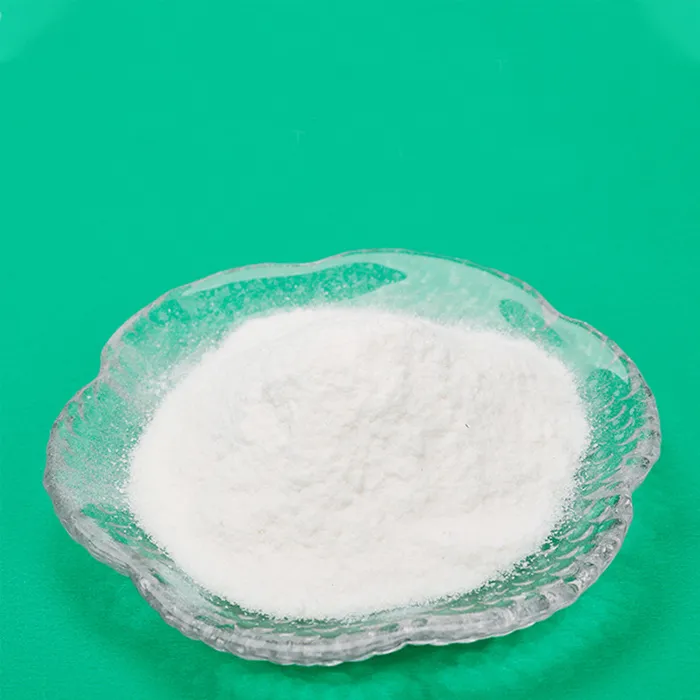Ingredients in Pharmaceutical Products An Overview
Pharmaceutical products are essential for maintaining and improving health. They are meticulously formulated to ensure efficacy, safety, and patient compliance. This article delves into the various ingredients that constitute pharmaceutical products, highlighting their roles and significance in the drug formulation process.
Active Ingredients
At the heart of every pharmaceutical product is the active ingredient, often referred to as the active pharmaceutical ingredient (API). These substances are responsible for the intended therapeutic effect of the medication. For example, in a pain relief tablet, acetaminophen or ibuprofen serves as the active ingredient that alleviates discomfort. The selection of an API is crucial as it must possess specific pharmacological properties and demonstrate the ability to interact with biological systems in a predictable manner.
Excipients
In addition to active ingredients, pharmaceutical formulations contain excipients—substances that serve as inactive components
. Excipients play several critical roles, including1. Stability They help maintain the stability of the active ingredients, preventing degradation during manufacturing and storage. 2. Bioavailability Excipients can enhance the absorption of the API in the body, facilitating its bioavailability. 3. Enhanced Palatability In formulations meant for oral use, excipients can improve taste and odor, making medications more acceptable, especially for pediatric patients. 4. Controlled Release Some excipients are used to create controlled-release formulations that dictate how quickly or slowly the medication is released into the bloodstream.
Common excipients include binders, fillers, preservatives, flavoring agents, and coloring agents. For instance, microcrystalline cellulose is often used as a filler, while magnesium stearate acts as a lubricant during the tablet manufacturing process.
ingredients in pharmaceutical products

Formulation Considerations
The formulation of a pharmaceutical product is a complex endeavor that requires careful consideration of various factors
- Therapeutic indication The condition being treated influences both the choice of active ingredient and its formulation. For example, medications for chronic conditions may require slow-release formulations to provide sustained therapeutic effects. - Route of administration The method of delivering the drug—oral, topical, intravenous, etc.—dictates the design of the formulation. For instance, transdermal patches utilize skin-penetrating excipients to deliver drugs directly into the bloodstream. - Patient demographics Pediatric, geriatric, and pregnant patients often have unique physiological considerations. Formulations may need to be adjusted to account for varied metabolism rates and sensitivities in different patient populations.
Quality Control
Ensuring the quality of pharmaceutical products is paramount. Regulatory agencies, such as the U.S. Food and Drug Administration (FDA) and the European Medicines Agency (EMA), impose stringent guidelines and requirements for the composition and manufacturing processes of drugs. These measures are crucial to ensure that every batch of medication is safe, effective, and consistent with approved specifications.
Quality control begins with raw materials. Active ingredients and excipients must be sourced from reputable suppliers, and their purity and quality must be tested before use. During manufacturing, in-process controls are maintained to monitor parameters like temperature, humidity, and pH—anything that could affect the quality of the final product. Additionally, finished products undergo rigorous testing, including stability testing, to predict how well the formulation will maintain its potency and efficacy over time.
Conclusion
The ingredients in pharmaceutical products exist in a delicate balance that prioritizes patient safety and therapeutic efficacy. Understanding the roles of active ingredients and excipients highlights the complexity involved in drug formulation. As research in pharmaceutical sciences advances, we can expect further innovations that will improve the delivery and effectiveness of medications, ultimately enhancing patient care. With a commitment to quality and compliance, the pharmaceutical industry continues to play a vital role in global health.

